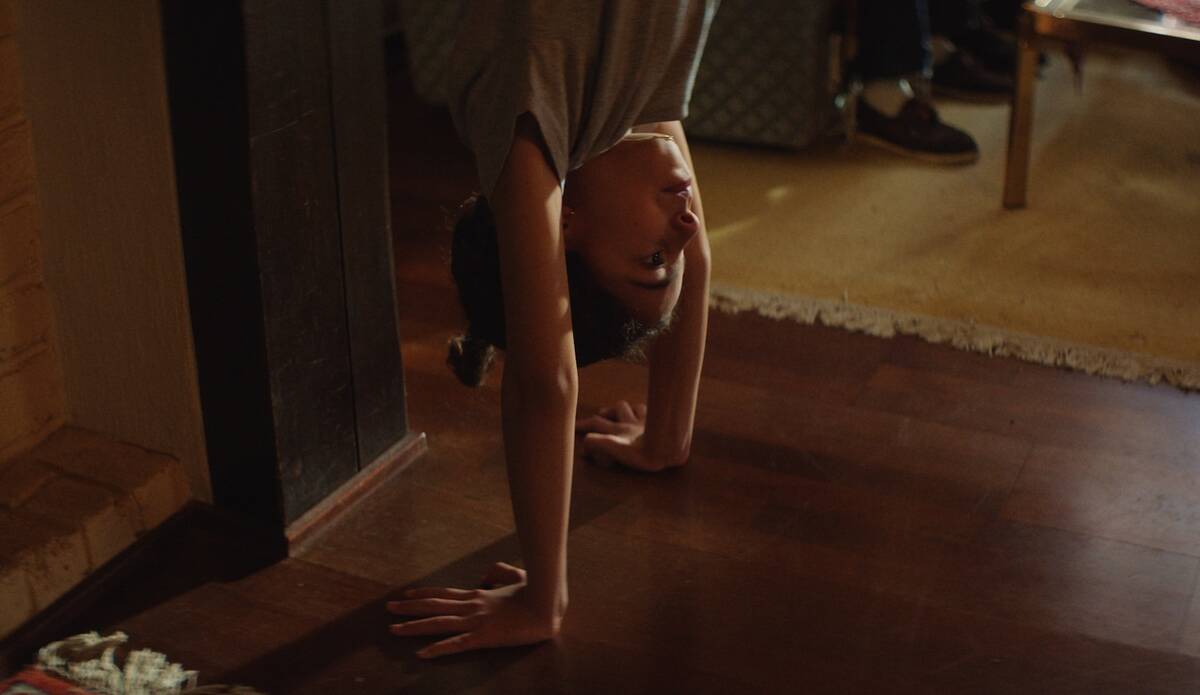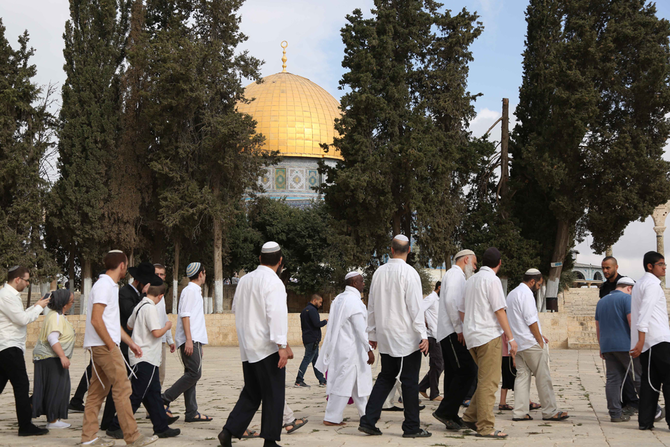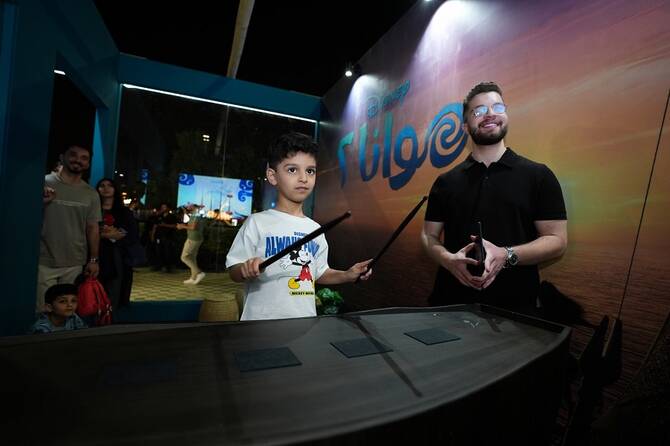Maja-Ajmia Zellama’s work, particularly in ‘Têtes Brûlées’, vividly explores the complexities of cultural identity and the profound processing of grief. The narrative offers a striking representation of how the two elements intertwine, especially in communities that have faced significant loss. Through her characters, Zellama navigates the intricate layers of cultural identity, revealing the pain and resilience that come with enduring trauma.
In ‘Têtes Brûlées,’ the characters serve as a lens through which audiences can grasp the realities of grief while also confronting their own experiences. The emotional weight carried by the characters draws on personal stories that many can relate to, emphasizing that grief is not merely an individual experience but also a collective one influenced by shared cultural identities.
Zellama’s storytelling captures the essence of how cultural identity shapes responses to grief, creating an artistic dialogue that resonates with many. As she weaves these themes throughout her narrative, it becomes evident that the process of healing is often linked to understanding and reclaiming one’s cultural identity.
Maja-Ajmia Zellama’s ‘Têtes Brûlées’ not only confronts grief but also highlights the role that cultural identity plays in the journey towards healing. It’s a powerful reminder of how art can articulate the complexities of human emotion, providing solace and understanding to those navigating their own paths through loss.
Analyzing the Intersection of Cultural Identity and Grief
In Maja-Ajmia Zellama’s work, particularly in her poignant piece ‘Têtes Brûlées’, the intersection of cultural identity and grief emerges as a profound exploration of the human experience. Zellama skillfully weaves narratives that reflect the complexities of how one’s cultural background shapes their response to loss and mourning. The characters within her work are often caught in a delicate balance between preserving their cultural heritage and grappling with the overwhelmingly personal emotions that arise from grief.
As audiences engage with ‘Têtes Brûlées’, they are invited to reflect on their own cultural identities and how these identities influence their coping mechanisms in times of loss. Zellama’s portrayal serves as a mirror, reflecting both the collective and individual responses to grief that are profoundly affected by cultural nuances. This understanding is vital, as it encourages viewers to recognize that grief is not only a personal journey but one deeply rooted in the social and cultural contexts of our lives.
Impacts of ‘Têtes Brûlées’ on Audience Perception
Maja-Ajmia Zellama’s poignant work, Têtes Brûlées, deeply explores themes of cultural identity and grief, leaving a lasting impact on its audience. Through her narrative, Zellama captures the intricate emotions associated with loss and the quest for identity, effectively resonating with individuals from diverse backgrounds. The portrayal of grief as an omnipresent force not only highlights the personal struggles faced by the characters but also evokes a broader understanding of cultural trauma.
As viewers engage with Têtes Brûlées, they are invited to reflect on their own experiences with grief and cultural identity. This introspective journey creates a powerful connection between the audience and the artwork, emphasizing the role of shared pain in fostering empathy and understanding. The artistic choices made by Zellama in this piece vividly illustrate how deep-rooted cultural narratives can shape one’s perception of loss.
Moreover, the representation of grief in Têtes Brûlées transcends individual experience, encouraging audiences to confront collective memory and cultural wounds. The impact of this work lies not only in its storytelling but also in its ability to challenge viewers to acknowledge and process their own emotional histories.
Têtes Brûlées serves as a poignant reminder of the intertwined nature of cultural identity and grief, prompting audiences to reevaluate their perceptions of both. Zellama’s innovative approach underscores the importance of art in articulating complex emotions and fostering communal healing.
Maja-Ajmia Zellama’s Unique Take on Personal Loss
Maja-Ajmia Zellama’s work is a powerful exploration of cultural identity and grief, particularly evident in her piece ‘Têtes Brûlées’. Through her unique lens, she encapsulates the nuances of personal loss, shedding light on how it intersects with broader themes of cultural heritage. The narrative she weaves is not just about mourning but is also a profound commentary on how identity shapes our experiences of grief.
In ‘Têtes Brûlées’, Zellama utilizes various artistic forms to express the complexities of loss. Her unique take resonates with those who have grappled with the emotional weight of their heritage. The way she intertwines cultural identity and grief invites the audience to reflect on their experiences, making her work deeply relatable. Each art piece serves as a vessel for emotions that are often difficult to articulate.
Moreover, her ability to articulate the feelings surrounding personal loss through art highlights the transformative power of creativity in the healing process. By examining how cultural frameworks influence our understanding of grief, Zellama opens a dialogue on the importance of acknowledgment and expression in the journey through loss. Her work exemplifies the intersectionality of cultural identity and the human experience of grief, thus enriching the art scene with impactful narratives that resonate with diverse audiences.
The Role of Art in Processing Cultural Trauma
Art has long served as a powerful medium for processing various forms of trauma, particularly when it comes to cultural identity and experiences of loss. In the context of Maja-Ajmia Zellama’s work, particularly in her poignant piece ‘Têtes Brûlées’, we see how art becomes an evocative outlet for grappling with complex emotions. By intertwining cultural identity and grief, Zellama’s narrative offers audiences a lens through which to understand and navigate their personal and collective experiences of trauma.
Through storytelling and visual expressions, artists like Zellama enable individuals to confront their pain while also forging a connection with a broader community. The juxtaposition of personal loss against the backdrop of cultural heritage fosters a deeper awareness of shared experiences. This fusion of art and emotional healing can provide much-needed solace, as it encourages dialogue about loss and identity that might otherwise remain unspoken.
Moreover, the act of creating art allows individuals to externalize their grief, which can be a cathartic experience. It becomes a form of therapy that not only benefits the artist but also resonates with audiences. In ‘Têtes Brûlées’, viewers are invited to reflect on their own cultural narratives and struggles with grief, making the piece a significant bridge between personal and collective healing.
The role of art in processing cultural trauma is invaluable. It serves as a testament to resilience and offers transformative insights for individuals grappling with loss. By embracing the interplay between cultural identity and grief, art not only uplifts but transforms pain into a narrative of hope and understanding.
Actionable Insights for Addressing Grief Through Art
Art has always been a powerful medium for expressing human emotions, especially when it comes to dealing with complex feelings like grief. Maja-Ajmia Zellama, through her work, particularly in ‘Têtes Brûlées’, illustrates how the fusion of cultural identity and loss can create a profound narrative that resonates with audiences. Understanding these connections can provide actionable insights for individuals navigating their grief.
One effective approach to addressing grief through art is encouraging personal reflection. Creating artworks that depict personal experiences related to loss allows individuals to externalize their pain. This method not only helps in the healing process but also facilitates a dialogue about grief within the community, fostering a sense of connection and understanding.
Another insightful tactic is utilizing multimedia forms of expression—such as painting, writing, or even performance art. These diverse mediums can appeal to different emotional responses, allowing individuals to find the form of expression that resonates most with them. Zellama’s integration of various artistic styles in her work serves as an inspiring blueprint.
Additionally, art workshops and community projects can create spaces where individuals feel safe to share their stories of loss. This collective experience can alleviate feelings of isolation that often accompany grief. By recognizing the role that cultural identity plays in healing, communities can engage in shared narratives, creating a supportive atmosphere that honors each person’s journey.



